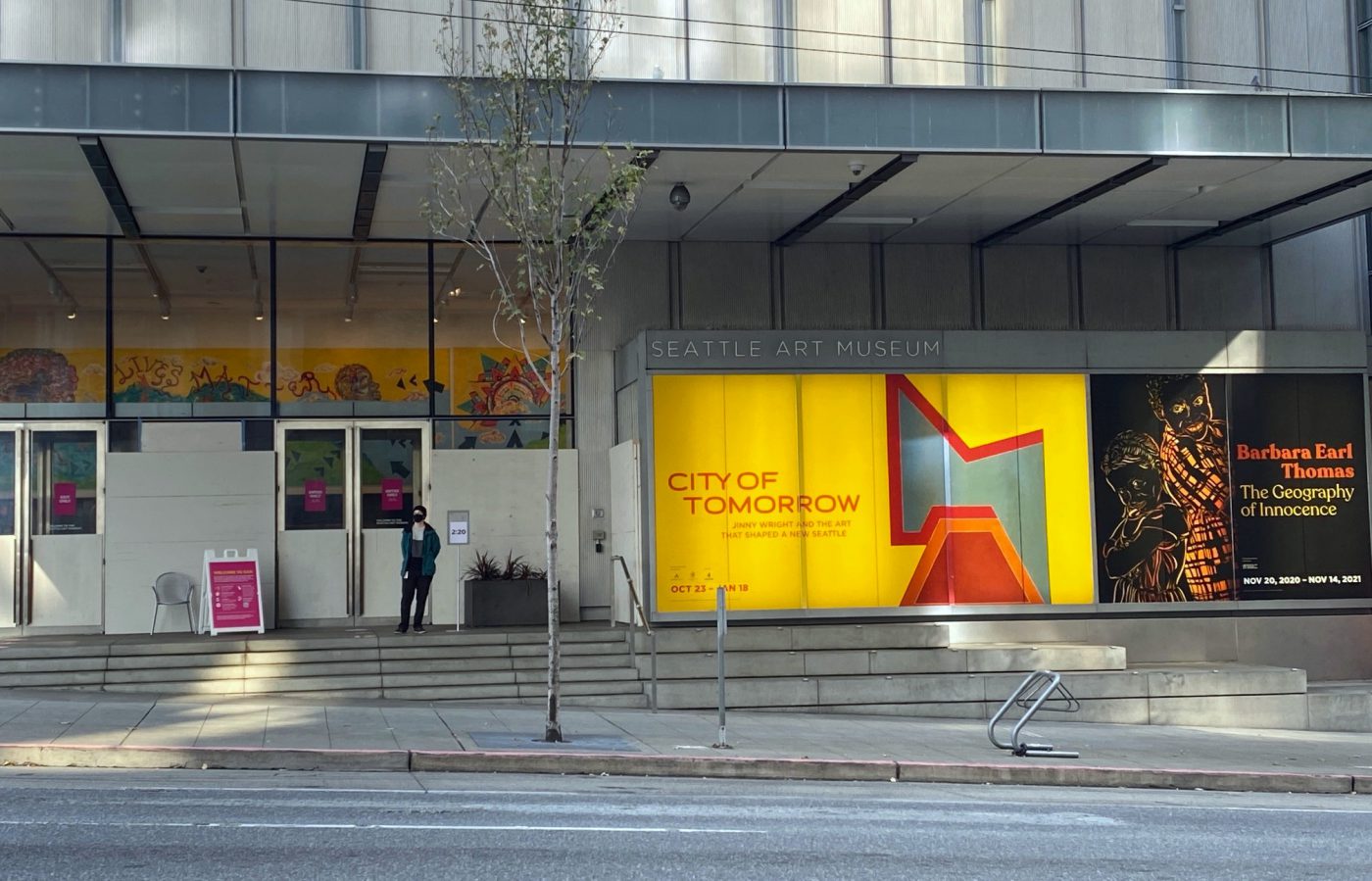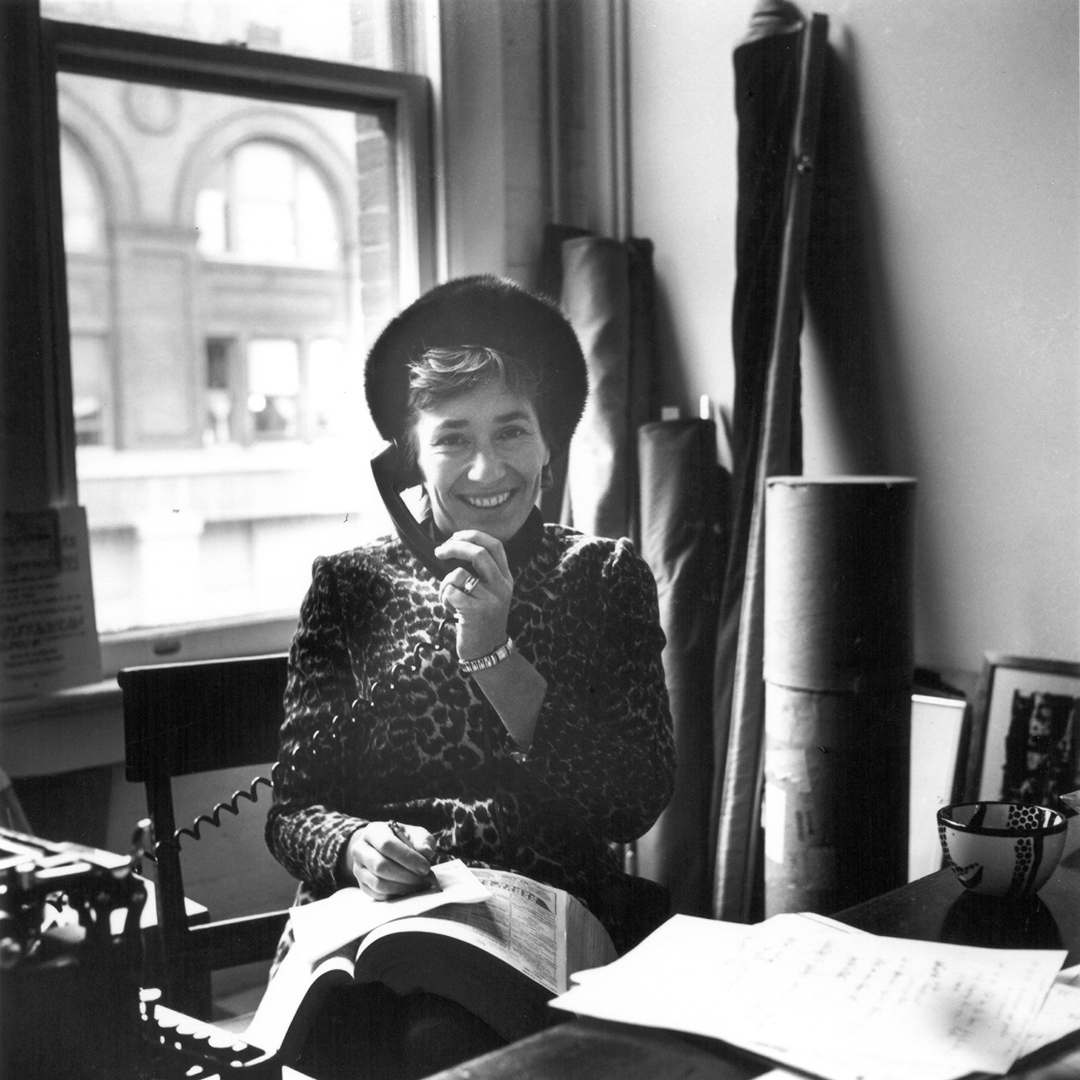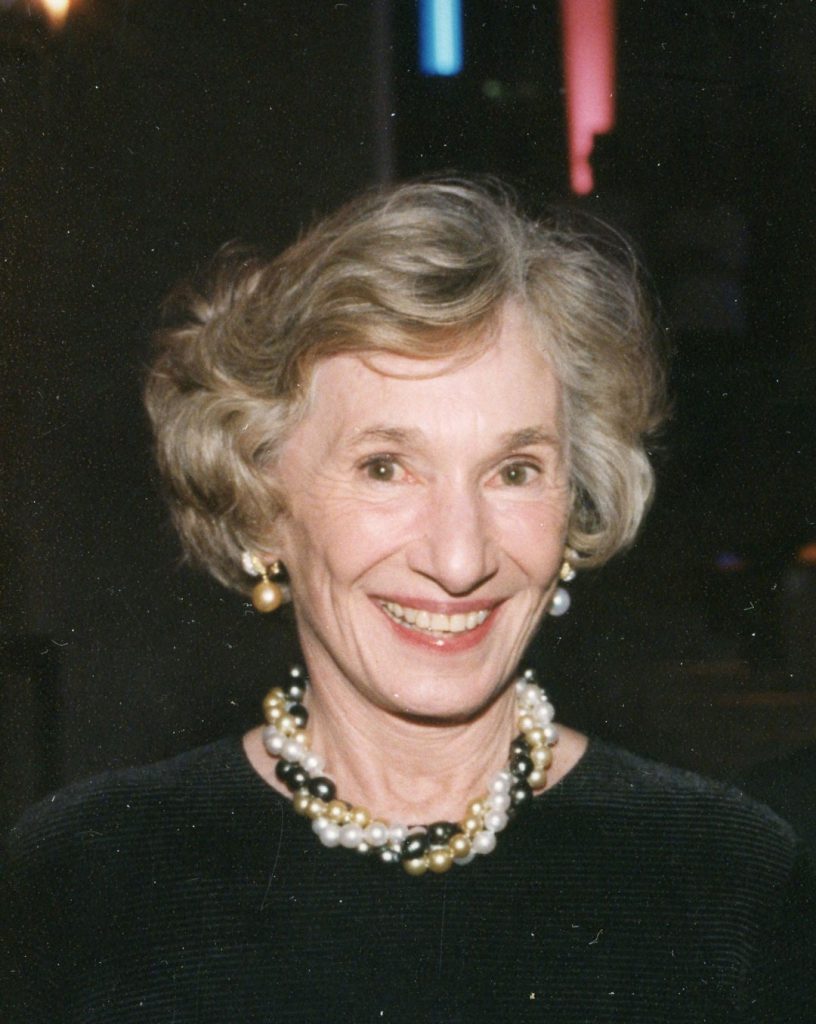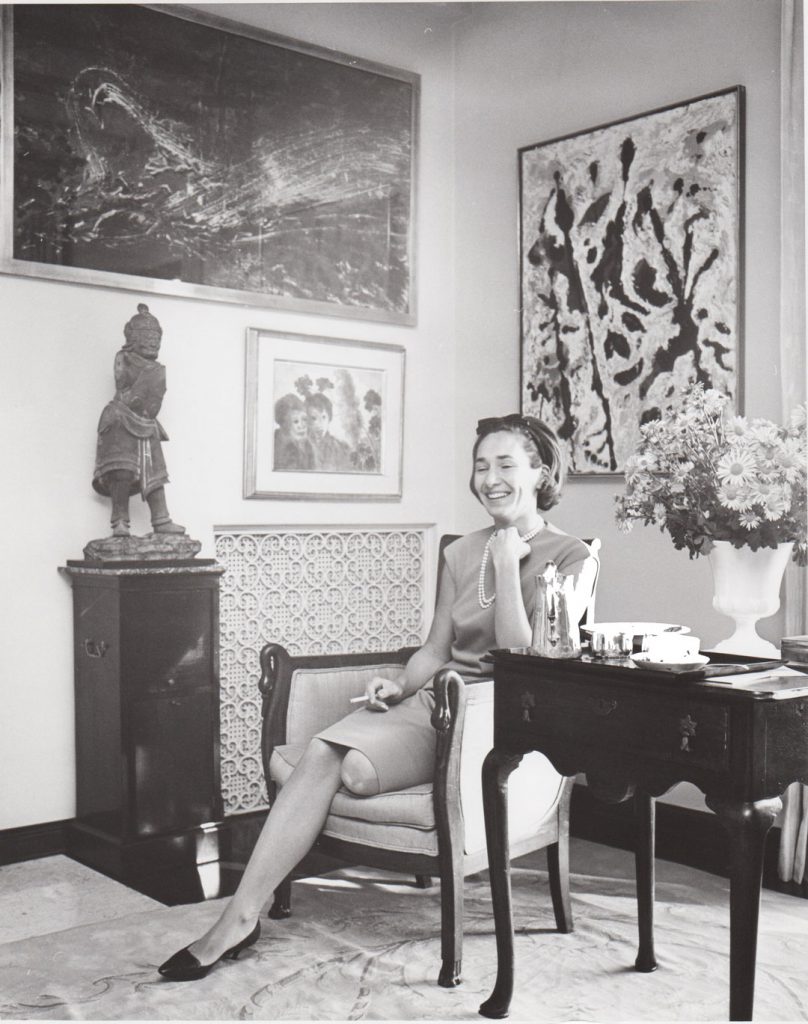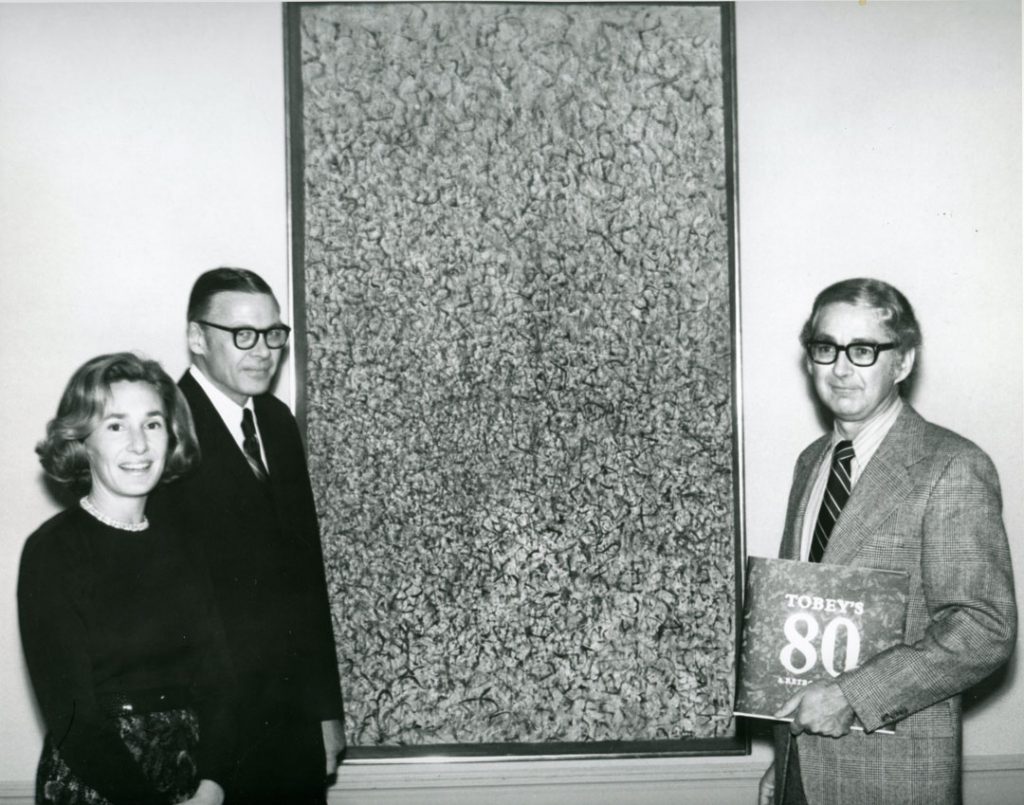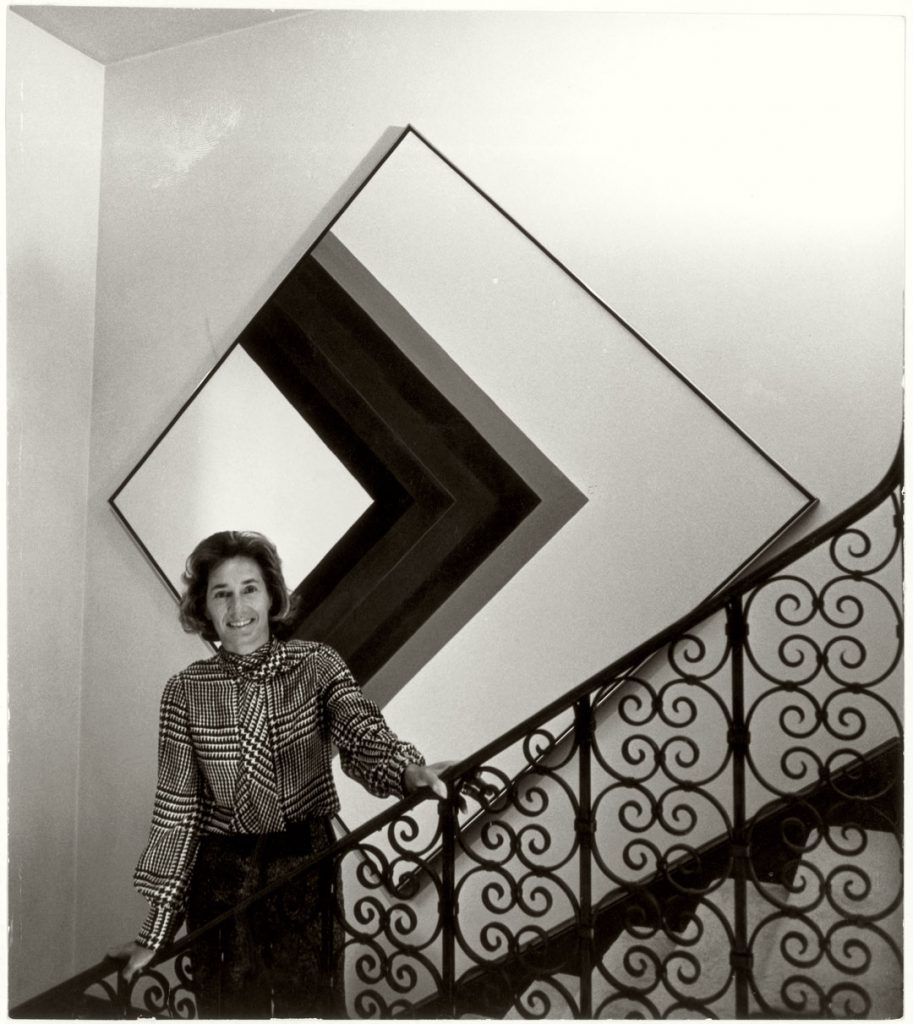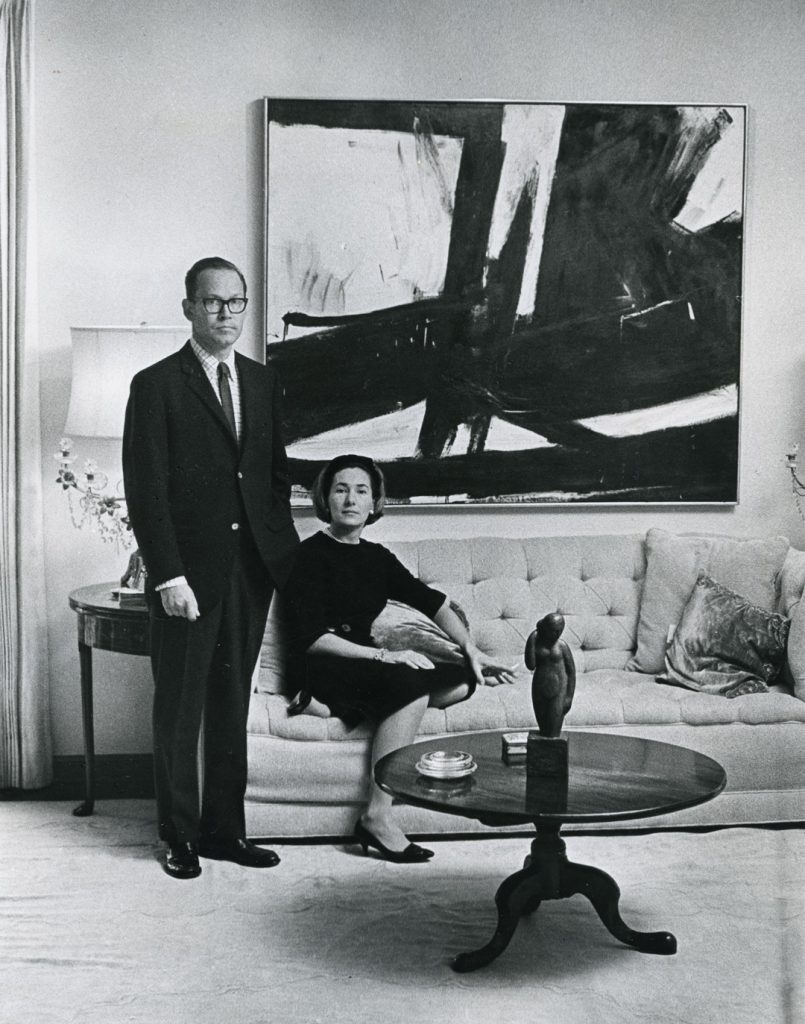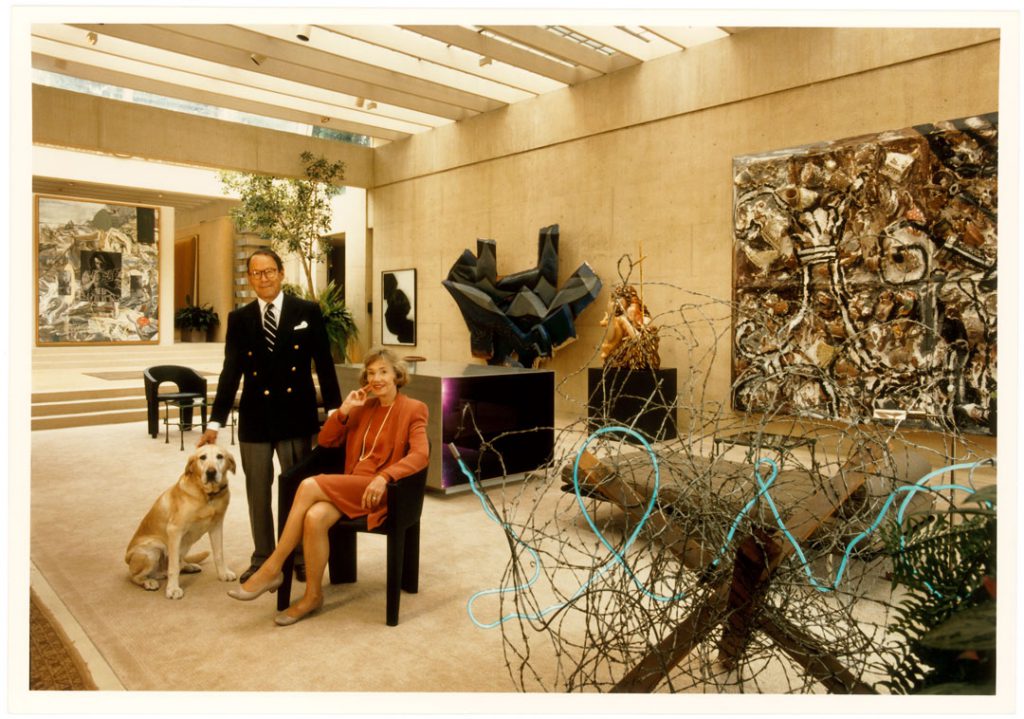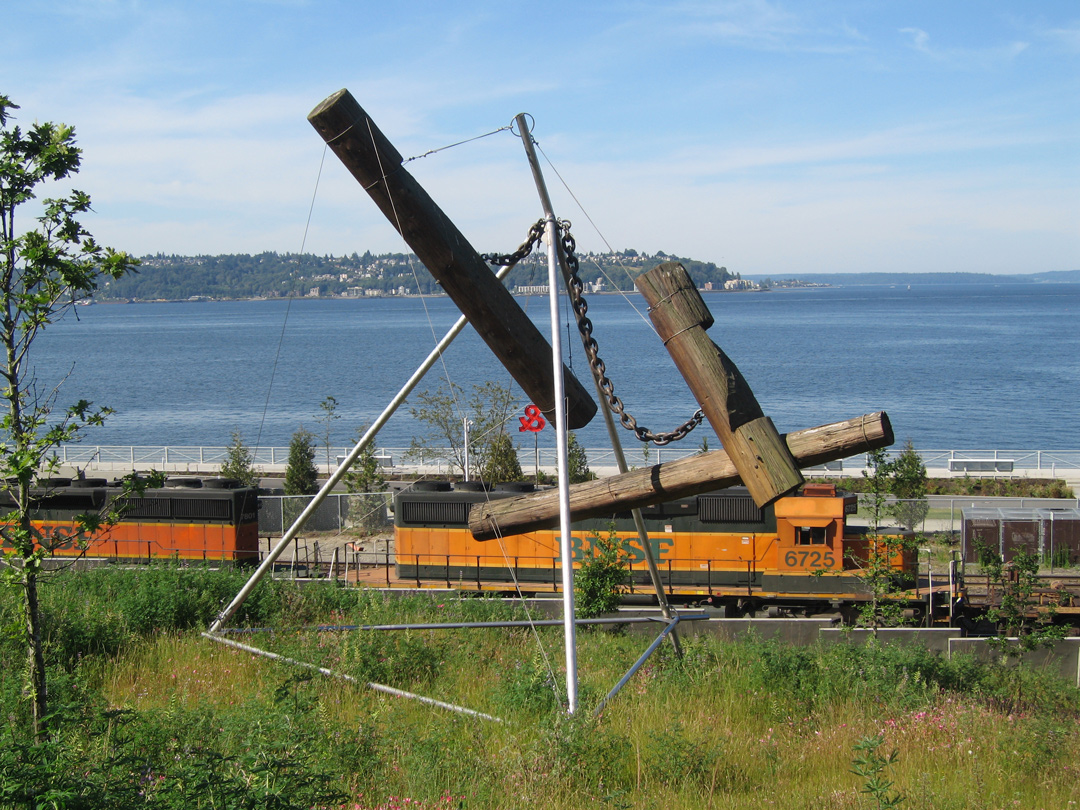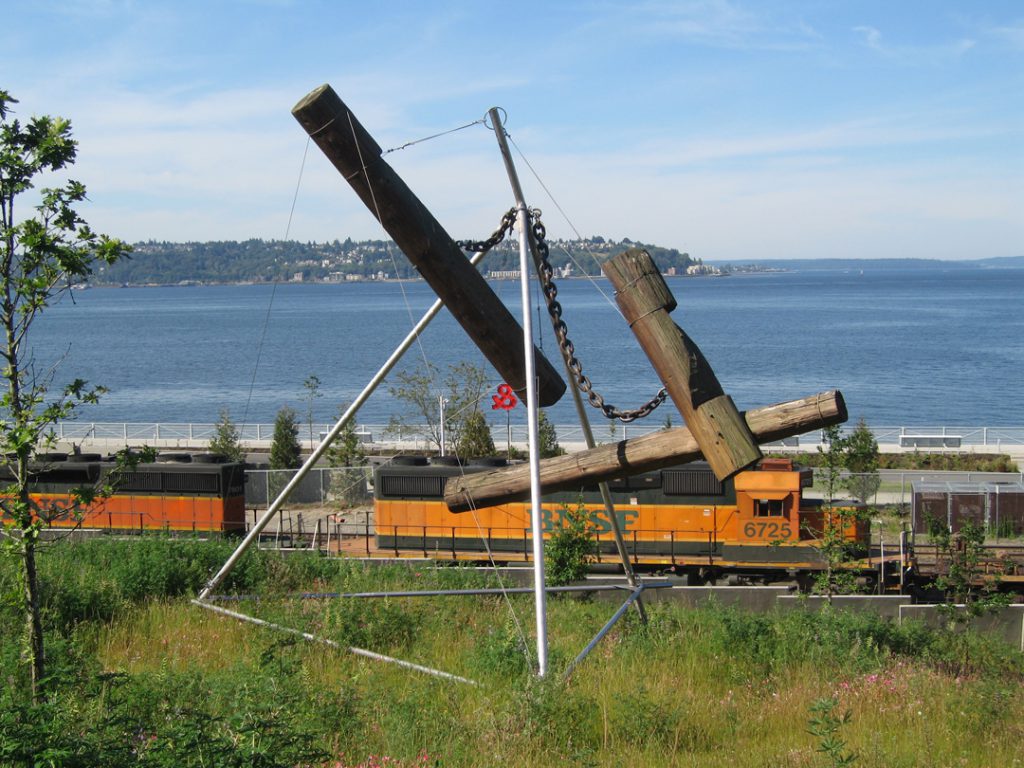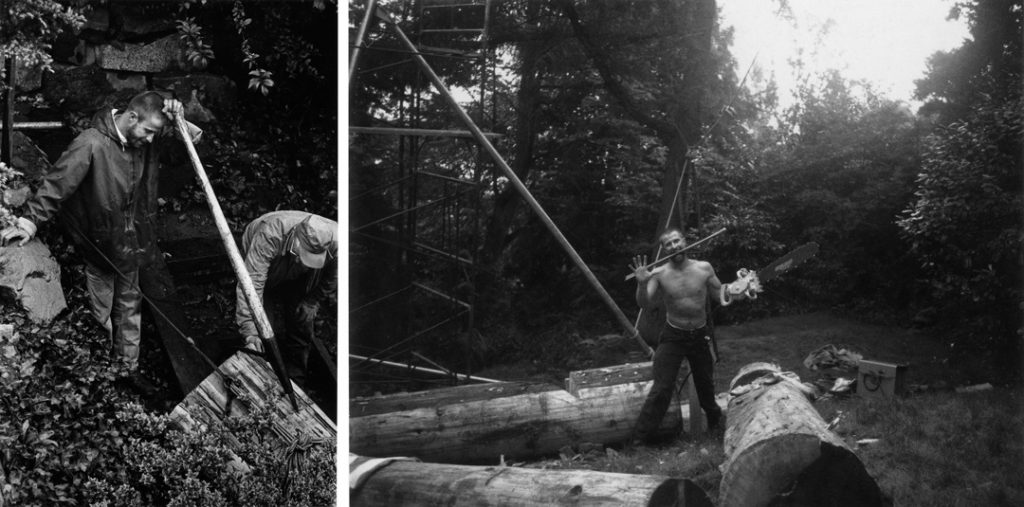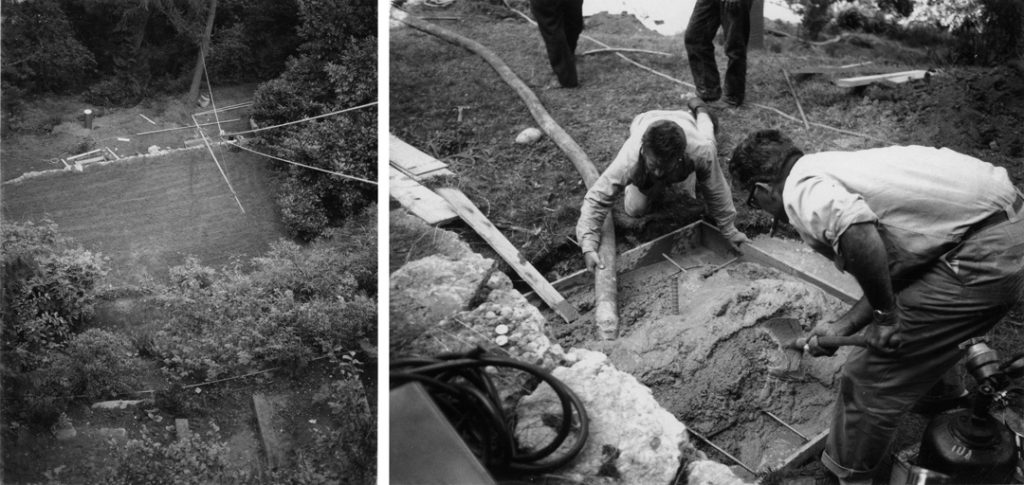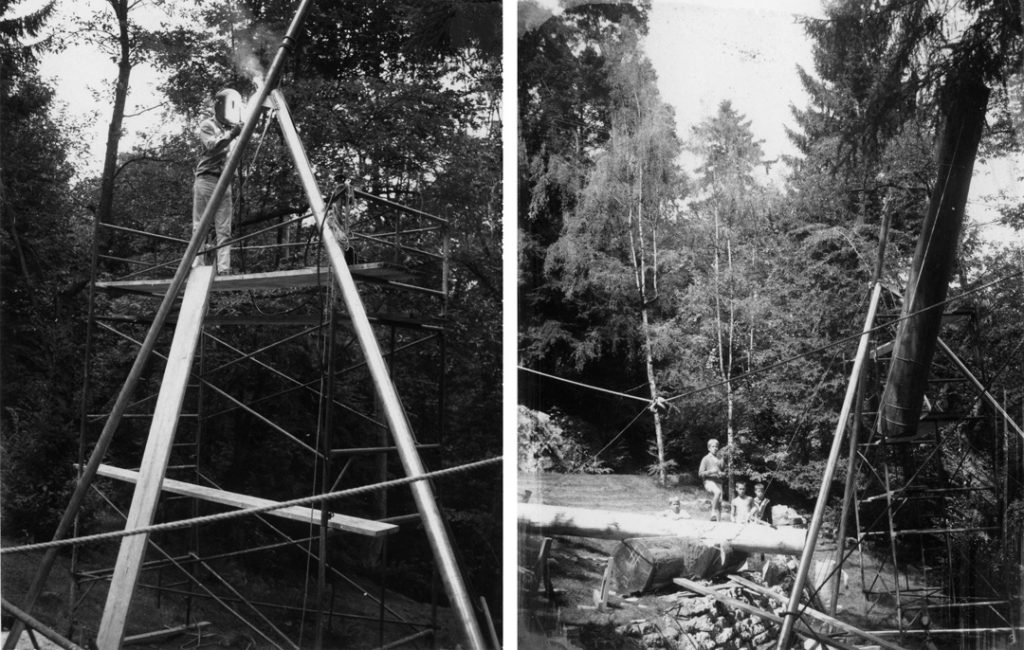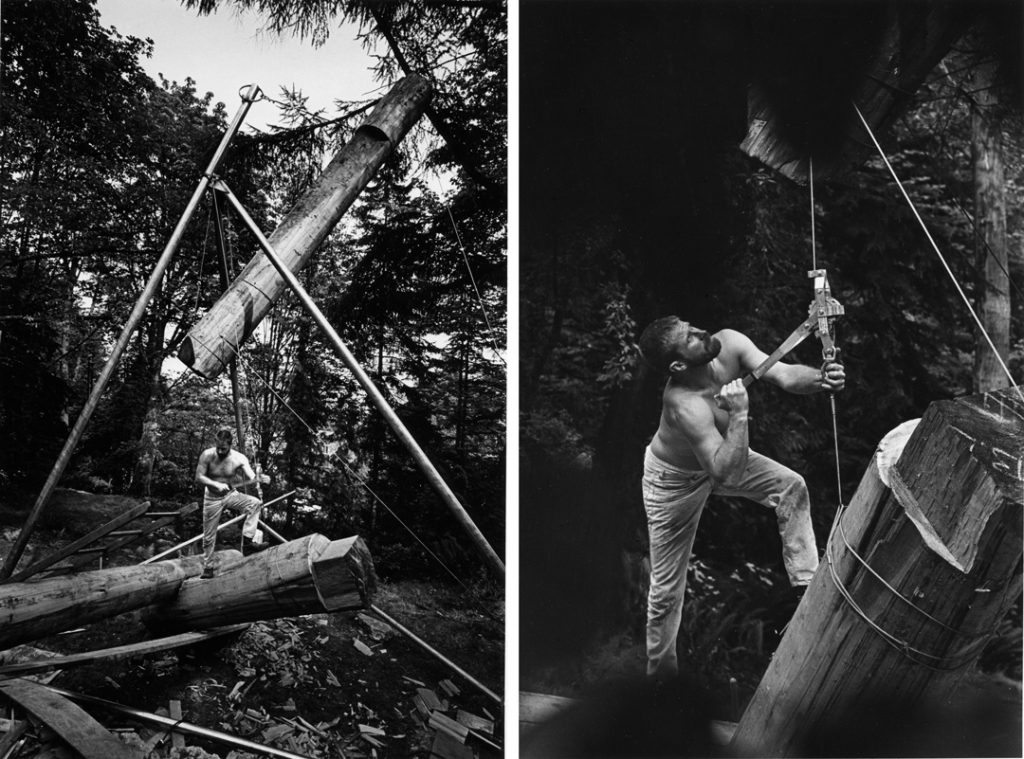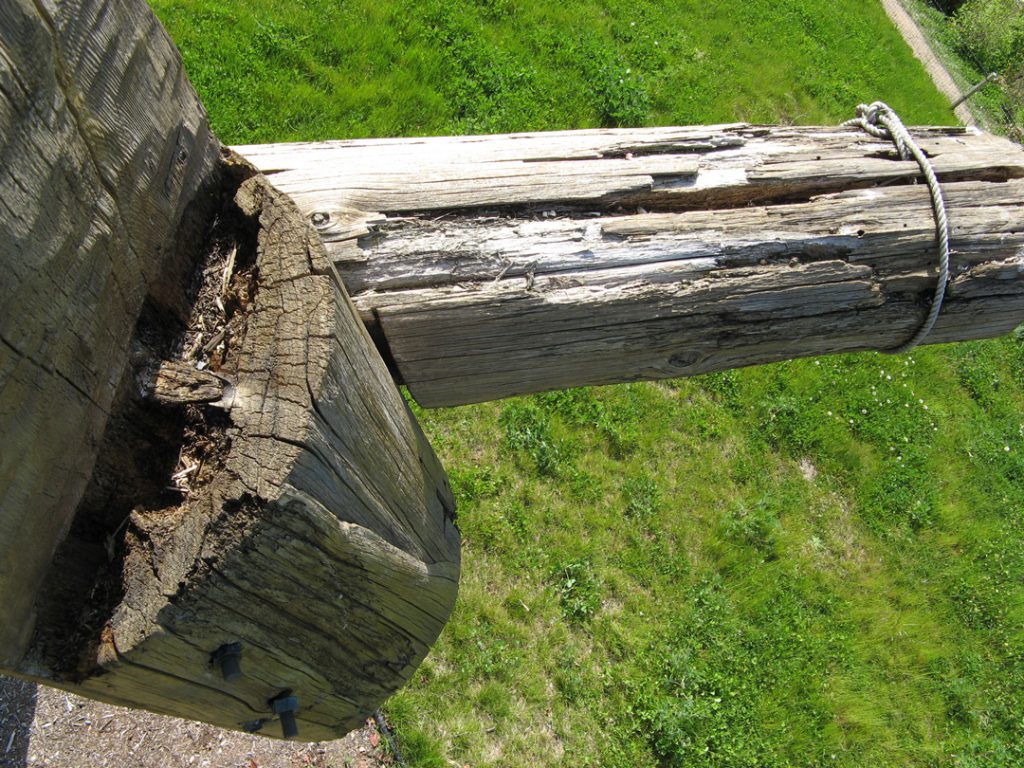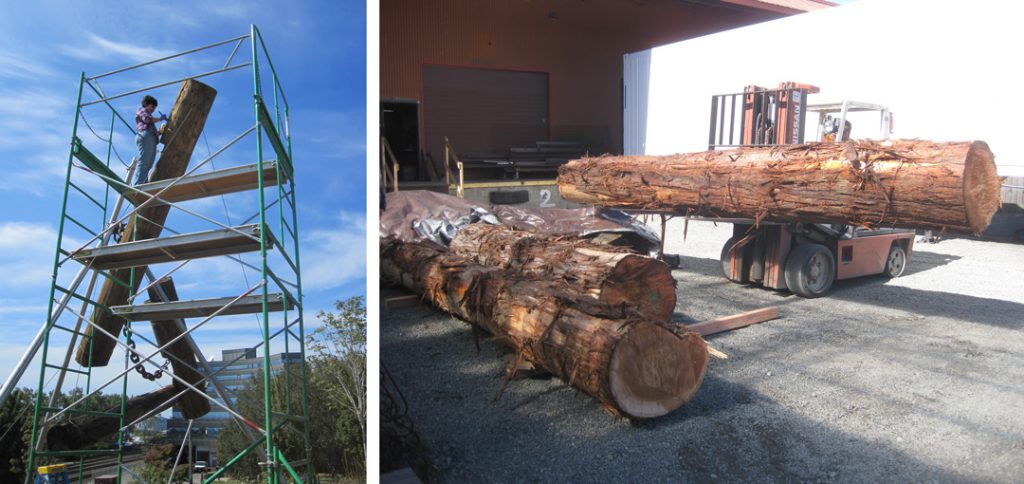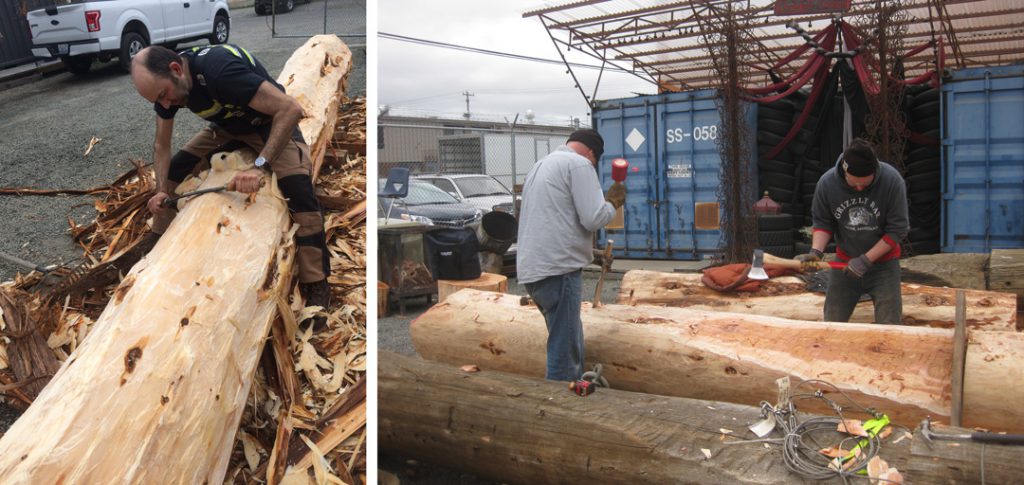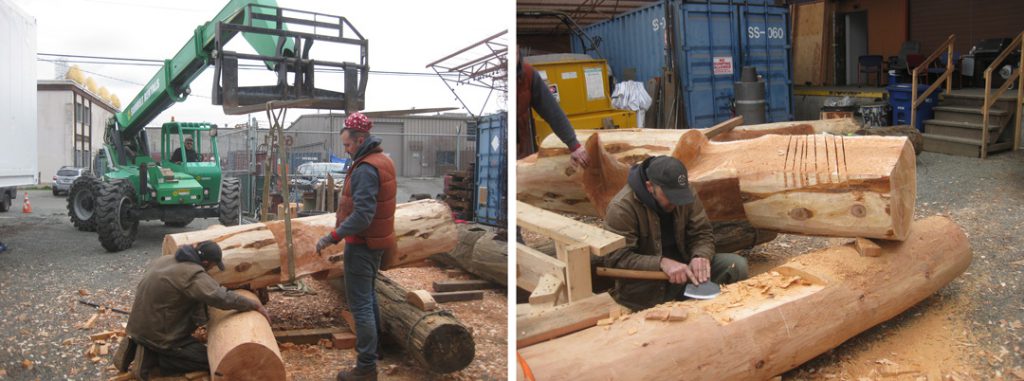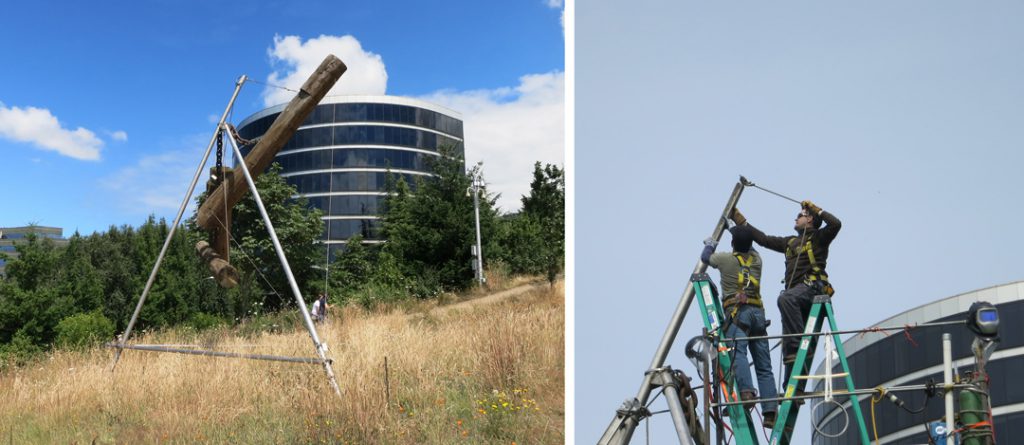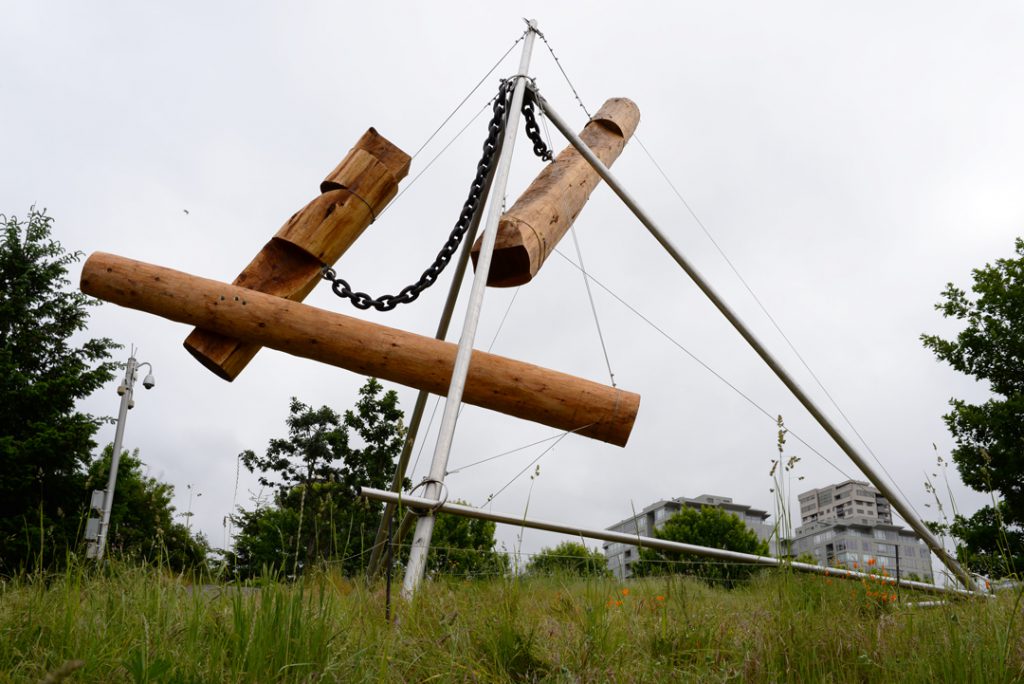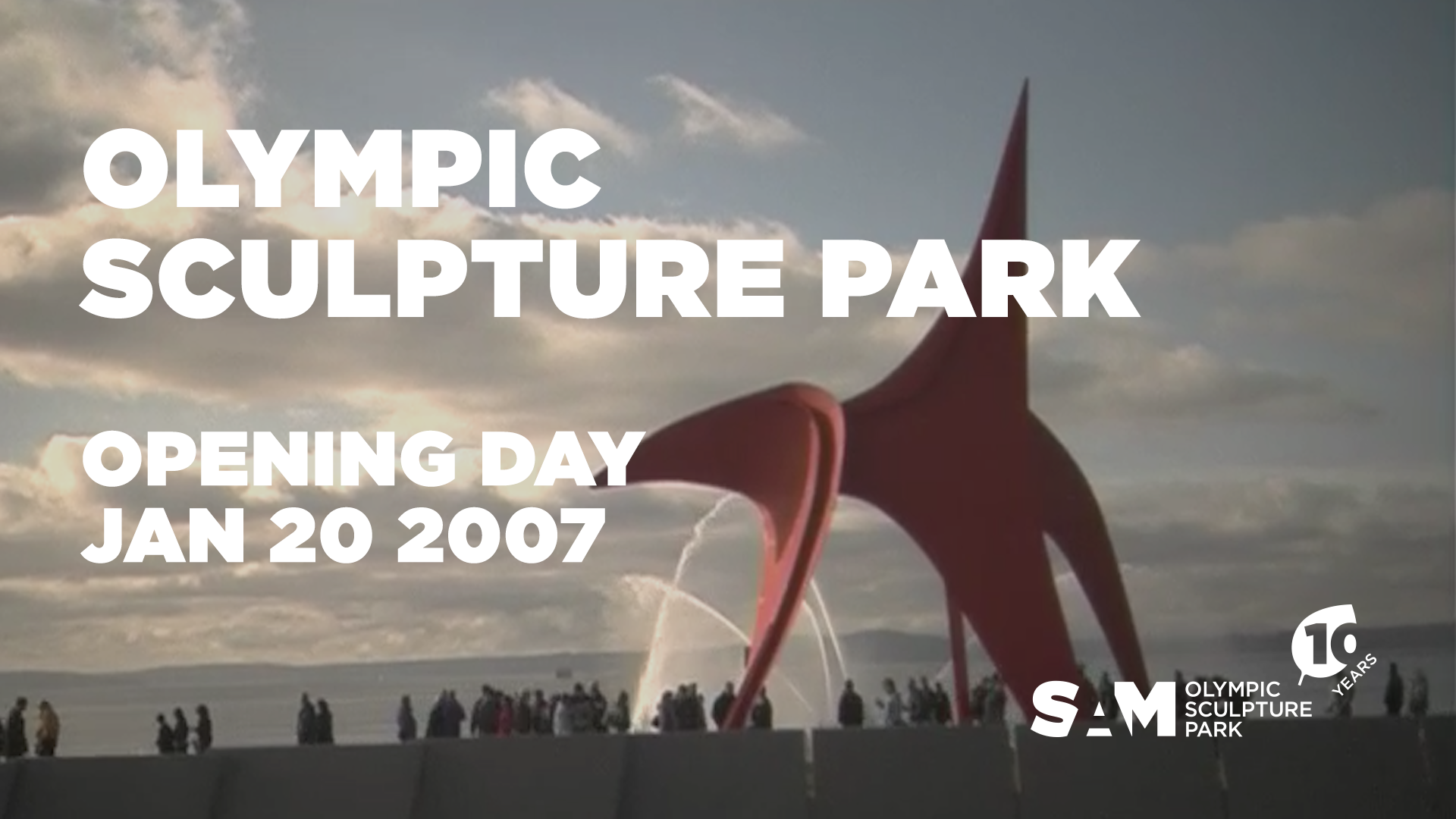Curators Dialogue: City of Tomorrow
Learn more about the new exhibition, City of Tomorrow: Jinny Wright and the Art that Shaped a New Seattle in this talk between SAM curators past and present who worked closely with Jinny Wright over the years in building the museum’s collection of modern and contemporary art.
SAM’s current Curator of Modern of Contemporary Art, Catharina Manchanda, talks with Patterson Sims and Lisa Graziose Corrin. Amidst their ongoing, distinguished careers both Sims and Corrin served as curators of modern of contemporary art at SAM in years past, and offer unique and personal perspectives on Wright’s legacy and the building of support for contemporary art in Seattle. City of Tomorrow features 64 works created between 1943–2003 that define bold and experimental art movements across the United States and Europe. The artworks on view are a fraction of the many works that Jinny and her husband Bagley gifted to SAM over the years, many of which have not previously been displayed at SAM. The exhibition will also include archival photographs, ephemera, and other materials that trace the transformation of SAM, the city, and Washington state. Get timed tickets online to visit this new exhibitions, it closes January 18.
About the Presenters
Lisa Graziose Corrin is the Ellen Philips Katz Director of The Mary and Leigh Block Museum of Art at Northwestern University. Her previous positions include Director, Williams College Museum of Art, Deputy Director of Art/Curator of Modern and Contemporary Art at the Seattle Art Museum, where she was the artistic lead for its new waterfront Olympic Sculpture Park, Chief Curator at the Serpentine Gallery in London and Assistant Director/Curator of The Contemporary in Baltimore. She has published widely on contemporary art, public art, and critical museology. Her book Mining the Museum: An Installation by Fred Wilson was given the George Wittenborn Award by the North America Libraries Association in 1994. She has written extensively on Mark Dion’s work including contributing to Phaidon’s monograph on the artist. Most recently she was co-curator of A Feast of Astonishments: Charlotte Moorman and the Avant-Garde, 1960s–1980s.
Catharina Manchanda is the Jon & Mary Shirley Curator of Modern & Contemporary Art at the Seattle Art Museum. Prior to joining SAM, she was the Senior Curator of Exhibitions at the Wexner Center for the Arts in Columbus, Ohio. During her career, she has also worked in curatorial positions at the Mildred Lane Kemper Art Museum, St. Louis; the Museum of Modern Art, New York; the Solomon R. Guggenheim Museum; and the Philadelphia Museum of Art. She has won a number of prestigious international awards including an Andy Warhol Foundation grant, Getty Library Research Grant, and a German Academic Exchange Scholarship (DAAD), among others.
Patterson Sims serves as President of the Leon Polk Smith Foundation, Managing Director of The Saul Steinberg Foundation, and Secretary of CALL (City as Living Lab), set up by Mary Miss. He is also a member of the boards of the Woodman Family Foundation, the Fanny Sanin Trust, and the Jennifer Wynne Reeves Trust. He previously worked as the Assistant Director of O.K. Harris Works of Art and at the Whitney Museum of American Art, the Seattle Art Museum, The Museum of Modern Art, New York, and the Montclair Art Museum. He is co-chair of the board of Independent Curators International and works as freelance art curator, writer, and consultant.
